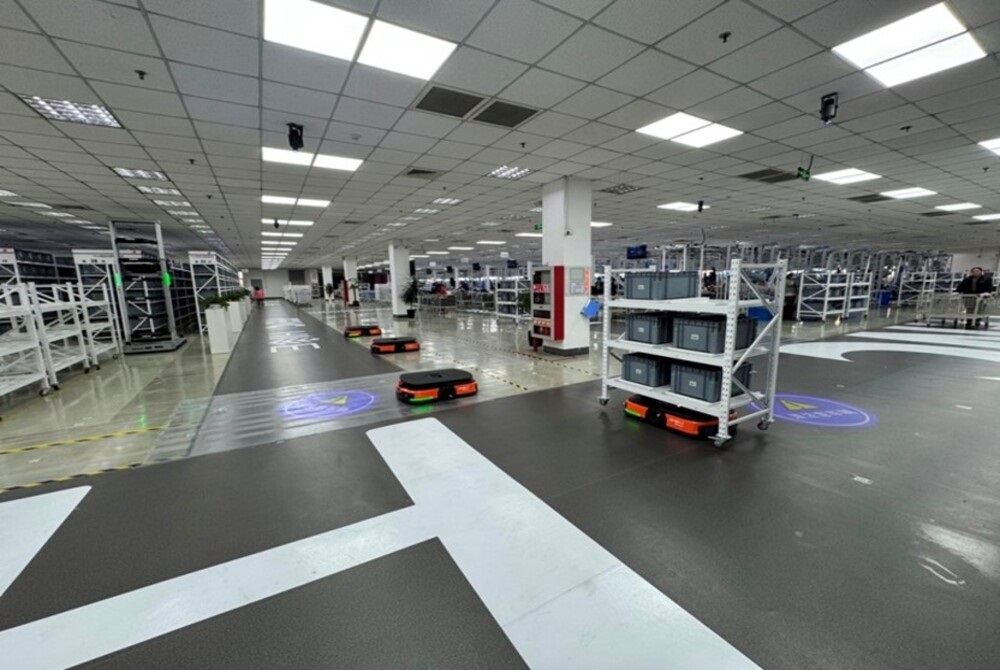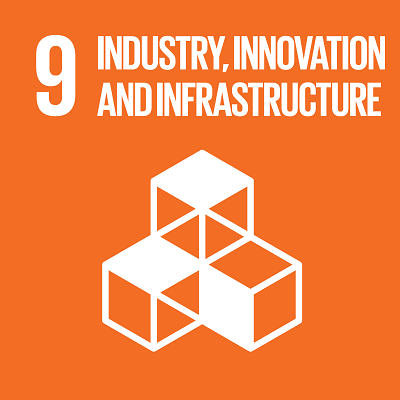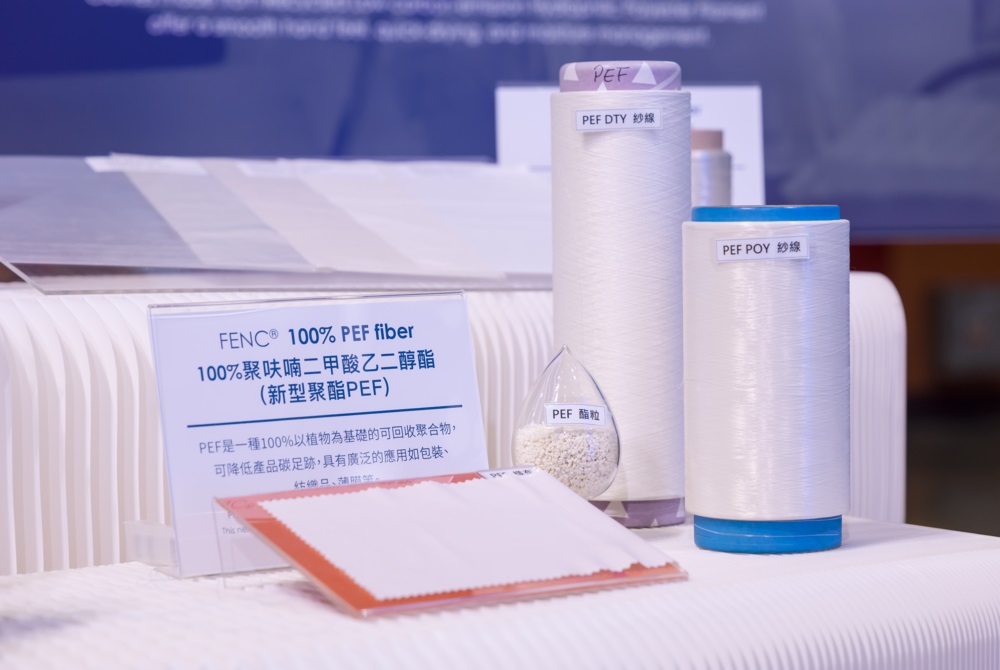Boosting Production Efficiency With HIVE Automation at FEAZ



FEAZ has successfully reinvented itself from traditional manufacturing to a high-tech plant powered by automation and AI. FEAZ implemented the HIVE (Hub-Innovation-Vision-Evolution) plant automation, upgrading its facilities with advanced equipment supported by digital and intelligent technologies, which transformed the entire clothing production process. While boosting the overall production efficiency, the transformation also lowered the costs and maximized resource utilization.
- Smart equipment: FEAZ has incorporated smart cutting machines, which automatically perform high-precision cutting according to the digital design drawings and improve the fabric utilization rate. Compared with manual operation, smart cutting reduces time consumption and fabric waste. The plant is also replacing manual handling and sorting with smart transportation devices, such as the smart lifting system, container transfer unit and automated guided vehicle, to transport fabrics, auxiliary materials and semi-finished products, which reduces wait time during production and the risk of occupational injuries.
- Radio frequency identification (RFID): The RFID tag is used to attach information such as styles, color codes, production batches and storage locations to the raw material or product. Upon scanning the tag, the system instantly displays the storage location and usage of raw materials, which enhances the precision of raw material management. Managers and customers may also use RFID to track product logistics in real time, thus improving the transparency of customer orders.
- Digital management system: The management personnel use the manufacturing execution system (MES) to monitor the status of each process in real time to ensure on-time delivery. The MES is also connected to the enterprise resource planning system to integrate the order, production, warehousing and logistics data with the capability of automatic calculation and scheduling to reduce the time spent on paper documentation and manual scheduling, which minimizes error rates and improves production agility.
- IoT technology: The IoT technology facilitates real-time data sharing among the equipment, materials and personnel in the production workshop. For instance, when the smart cutting machine completes fabric cutting, the system automatically notifies the smart lifting system to deliver the fabrics for the sewing operation, forming a seamless production flow with high efficiency.
The philosophy behind the HIVE factory automation is maximizing resource efficiency to minimize environmental impact. Automated and smart production has reduced manual labor by 5% and increased production efficiency by 15%. Furthermore, production optimization has established FEAZ as a trusted partner among its customers.











